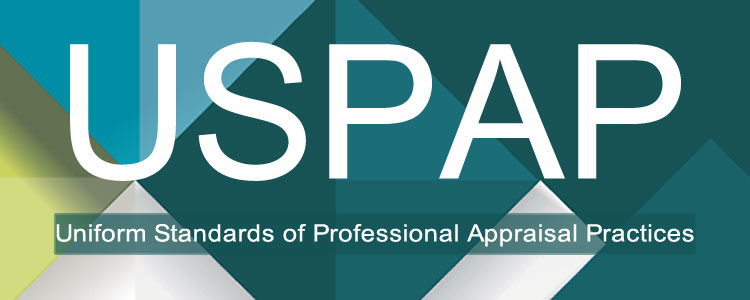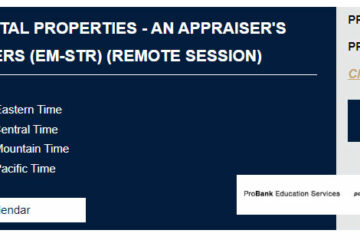Restricted Appraisal Reports Available for More Users for 2020
Published by Jason Ferris on
Restricted Appraisal Reports Available For More Users For 2020

Now, understand that an appraisal report is actually made up of two parts:
- Development
- Reporting
Development is the inspection of the property, the research, the analysis and conclusions that we make about value, rents, capitalization rates, etc… We fully develop our opinion of value in this stage. Then, the reporting stage is where we write a report to communicate our findings to our client. So, regardless of which report format you order, Restricted Appraisal Report or Appraisal Report, you get the same conclusions; it’s only the report styles that are different.
However, up until 2019, a Restricted Appraisal Report was limited to only one client and intended user; we weren’t permitted to name multiple intended users in a Restricted Appraisal Report, which was always confusing. Well, now that the 2020-2021 version of USPAP is released, a Restricted Appraisal Report no longer has this restriction. We can name a client and multiple named intended users.
What does this mean? This means that more people can pay less money for appraisal reports because they can order Restricted Appraisal Reports with multiple intended users. Here are two examples of how this works:
- In mortgage lending, multiple banks will often participate in a loan; in the past, a Restricted Appraisal Report would not be allowed because I couldn’t name both banks as intended users. Now, for smaller, lower-risk loans, a Restricted Appraisal Report is a good fit and can be ordered.
- In divorce litigation, for even a small commercial property, both lawyers would have to share an Appraisal Report, which generally comes with a higher fee. However, now both lawyers can share a Restricted Appraisal Report when it is applicable. For instance, couples often agree on the value of their investment property but need the appraisal report for the judge, now they can order a lower-cost option.
Overall, this is a long-overdue change in the appraisal industry. I’m glad to see this happening. If you have a commercial property, and can’t decide on which report format is the right fit for you, give us a call.


